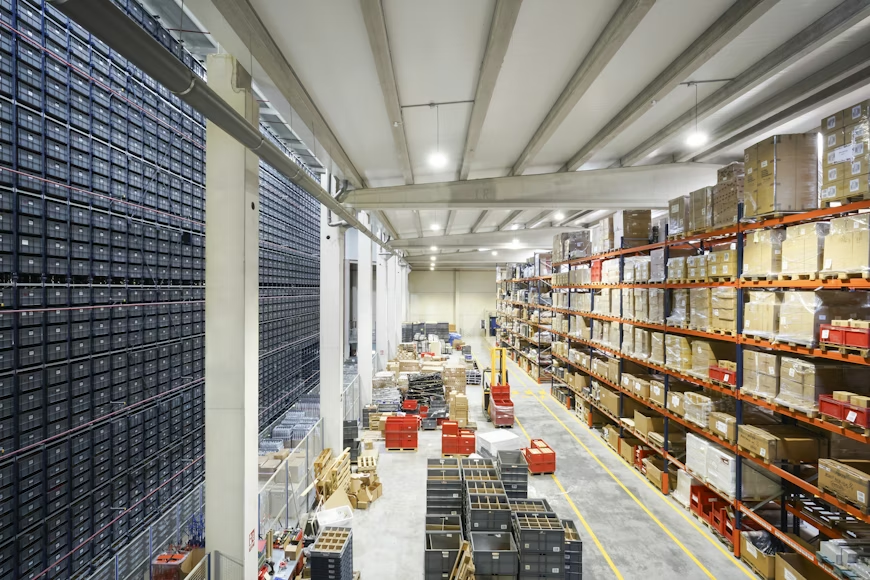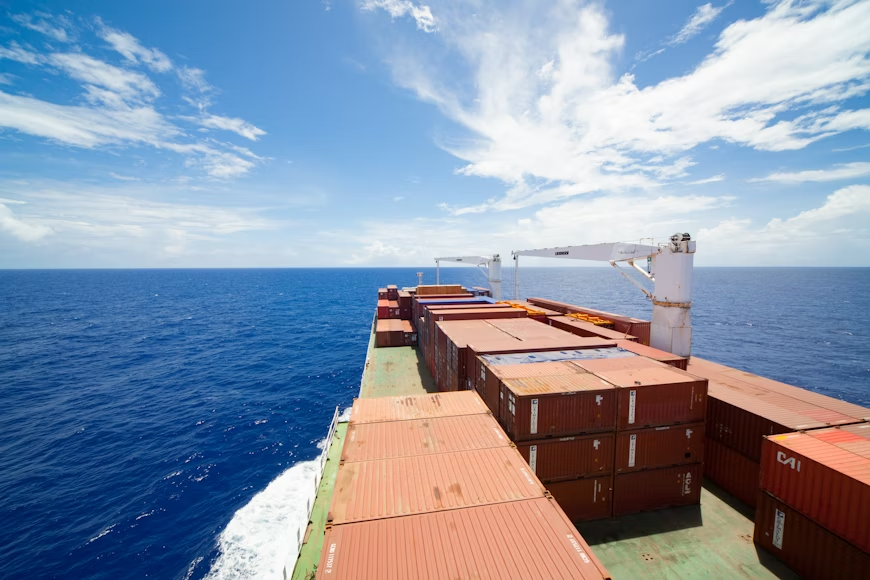In recent times, global supply chains have encountered significant disruptions across various regions, from China to Europe, raising concerns about the ongoing global economic recovery. These interruptions have prompted re-evaluations of the broader concept of globalization and the finer details of logistics efficiency, particularly around major port operations.
The intricate web of the world economy, woven over decades, faces a period of uncertainty and transformation that will likely unfold over years. Economists are now directing their attention to discerning the immediate, nuanced shifts induced by the pandemic and geopolitical events, such as Russia’s conflict in Ukraine, affecting consumption patterns, investment decisions, production capabilities, and trade dynamics.
Steven Barrow, a currency strategist at Standard Bank, advocates for a paradigm shift in how we assess the global economy. He emphasizes the need to pivot away from the traditional focus on metrics like growth, inflation, and monetary policy based on demand and instead concentrate on the pivotal role of supply.
Pre-pandemic, the supply of goods and services was deemed “elastic,” readily adaptable to match fluctuations in demand. However, Barrow notes a crucial shift to an “inelastic” supply, where responses to changes in demand are significantly restricted, a change that echoes across multiple industries and markets.
To better understand these supply-side challenges, several alternative approaches have emerged:
Supply Stress Analysis
Economists and institutions, including Bloomberg and BNP Paribas SA, have developed indices and heat maps to visualize the strain on supply chains. These measures encompass traditional indicators such as delivery times and order-to-inventory ratios, alongside unconventional data like air cargo rates and the number of ships anchored outside major ports. Analysts from BNP Paribas highlighted indicators signaling disruptions, signaling a persistent challenge to supply chains.
Moody’s Analytics measures depict ongoing supply stress in the world’s largest economies, the United States and China, which remains well above pre-pandemic levels. Disruptions initially accelerated due to the conflict in Ukraine, but the current exacerbation primarily links to China’s COVID-related issues. The latter has led to a substantial increase in ships waiting at Shanghai ports compared to the previous year, reversing the positive trend observed in late 2021.
Port Operations Analysis
Monitoring cargo fluidity at ports, such as Los Angeles and Long Beach, handling a substantial portion of U.S. trade with East Asia, provides insights into supply chain health. Recent data from the Pacific Merchant Shipping Association revealed a rise in shipping container dwell times and rail-bound container delays. The economic and political significance of improving cargo flow through these ports remains a priority for the Biden administration.
European ports are also grappling with increased congestion, particularly due to disruptions associated with the Ukraine conflict. The need to separate and reroute banned Russian cargo has contributed to additional work and resource utilization, further impeding shipping capacity. Timely data on these issues from ports is limited, prompting private entities like FourKites to provide crucial information on dwell times, indicating significant delays for both export and import containers.
Impacts on Businesses
Numerous corporations are facing challenges as a result of supply chain disruptions. Companies like Apple, Microsoft, Texas Instruments, and Amazon.com have reported constrained sales due to various constraints imposed by China’s COVID-19 restrictions. 3M’s top executive highlighted the continuation of challenges posed by ongoing strains, while Drewry, a London-based shipping research firm, suggests that not all industries will suffer.
Drewry forecasts a potential windfall profit of $300 billion for the container shipping industry in 2023, a significant increase from the previous year. They anticipate a 39% rise in global freight rates, extending the logistical bottlenecks into the first half of the year, which may favorably impact companies like Kuehne + Nagel International in transport and logistics.
Kuehne + Nagel International has developed its own indicator, Seaexplorer, revealing a peak of 17 million container waiting days globally in February, which later decreased but has recently shown a resurgence. CEO Detlef Trefzger highlighted the competitive market environment amid increasing congestion, signifying ongoing challenges in global supply chains.
In summary, the complex interplay of global events and ongoing disruptions continues to challenge supply chains worldwide, affecting various industries and trade networks. Understanding these challenges through a diverse set of analytical lenses is crucial for policymakers, businesses, and stakeholders navigating this evolving landscape.
Find the best supply chain logistics news at The Supply Chain Report. Free international trade tools are available at ADAMftd.com.
#GlobalSupplyChain #SupplyChainDisruptions #EconomicRecovery #LogisticsEfficiency #PortOperations #SupplyStress #CargoFluidity #GlobalEconomy #SupplyChainChallenges #GeopoliticalImpact #PandemicDisruptions #SupplySideShift #SupplyChainInsights #ShippingDelays #PortCongestion #MoodyAnalytics #BloombergEconomics #BNPParibas #ShanghaiPorts #LosAngelesPort #LongBeachPort #EuropeanPorts #4Kites #AppleSupplyChain #MicrosoftSupplyChain #TexasInstruments #AmazonSupplyChain #3MChallenges #DrewryShipping #KuehneNagel #Seaexplorer #FreightRates

















